Home>Storage & Organization>Kitchen Organizing Tools>What Would Cause A Cat To Poop Outside The Litter Box
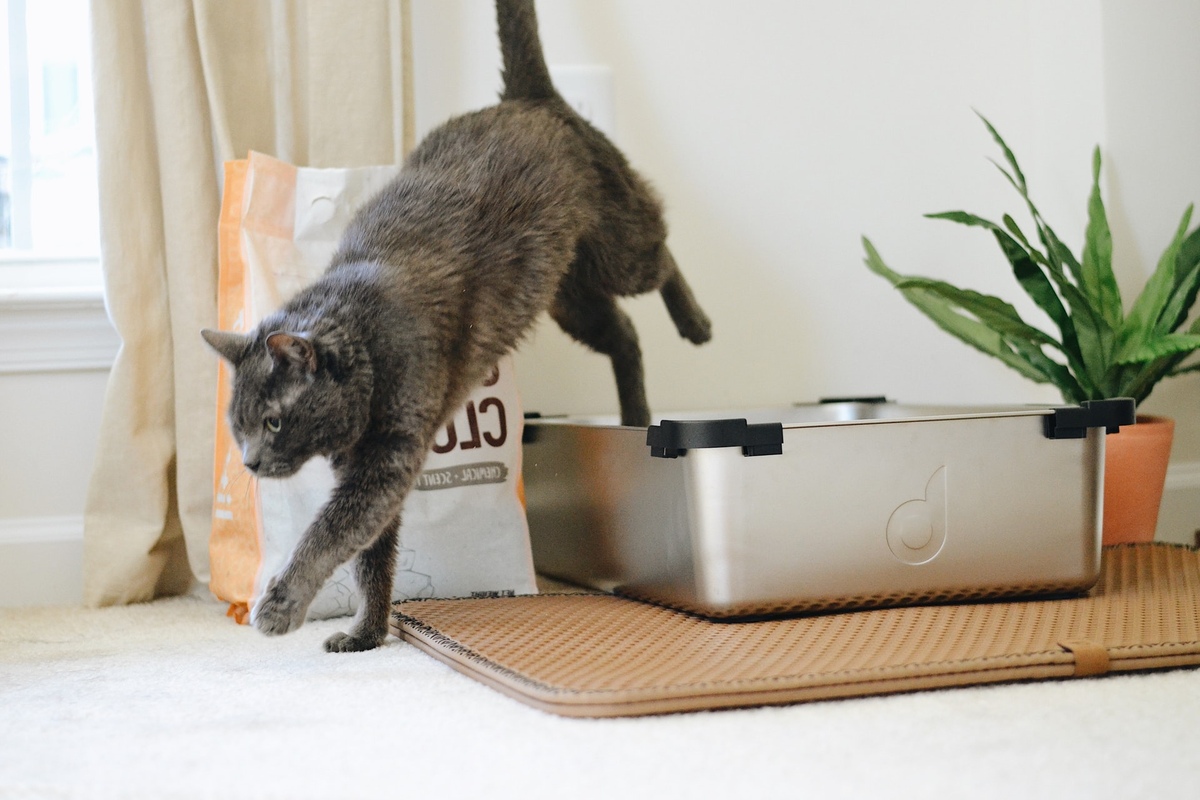

Kitchen Organizing Tools
What Would Cause A Cat To Poop Outside The Litter Box
Modified: February 25, 2024
Discover the best kitchen organizing tools to keep your space tidy and efficient. Find out what would cause a cat to poop outside the litter box.
(Many of the links in this article redirect to a specific reviewed product. Your purchase of these products through affiliate links helps to generate commission for Storables.com, at no extra cost. Learn more)
Stress and Anxiety
Cats are sensitive creatures, and they can experience stress and anxiety just like humans. When a cat is feeling stressed or anxious, one common way they may express this is by pooping outside the litter box. There are several factors that can contribute to a cat feeling stressed or anxious, and it's important for cat owners to understand these potential triggers.
-
Change in Routine: Cats thrive on routine, and any significant changes in their daily schedule can lead to stress. This could include changes in feeding times, a new family member or pet in the household, or even changes in the owner's work schedule. Cats may feel unsettled by these disruptions and respond by avoiding the litter box.
-
Lack of Privacy: Cats value their privacy, especially when it comes to using the litter box. If the litter box is placed in a high-traffic area or if there are frequent disturbances while the cat is using it, they may start seeking alternative spots for elimination.
-
Conflict with Other Pets: If there are multiple pets in the household, especially if they don't get along, this can create a stressful environment for the cat. The presence of other animals can lead to territorial issues and cause the cat to feel anxious, leading to inappropriate elimination.
-
Owner's Stress: Cats are perceptive animals and can pick up on their owner's stress or anxiety. If the household is tense or if the owner is experiencing significant stress, the cat may mirror these emotions, leading to behavioral issues such as avoiding the litter box.
-
Environmental Changes: Any changes in the cat's environment, such as moving to a new home, rearranging furniture, or loud construction work, can trigger stress and anxiety in cats. These changes disrupt their sense of security and familiarity, prompting them to seek alternative places to relieve themselves.
Understanding the potential sources of stress and anxiety in cats is crucial for addressing and mitigating these issues. By creating a calm and consistent environment, providing ample litter box privacy, and offering reassurance and comfort, cat owners can help alleviate their feline companions' stress and reduce the likelihood of inappropriate elimination.
Key Takeaways:
- Cats may poop outside the litter box due to stress, changes in routine, lack of privacy, conflict with other pets, and environmental changes. Understanding and addressing these factors can help prevent this behavior.
- Cats may also avoid the litter box due to medical issues like urinary tract infections, gastrointestinal disorders, and arthritis. Regular vet check-ups and observation of litter box habits are crucial for identifying and addressing these health concerns.
Medical Issues
Cats may exhibit inappropriate elimination behavior due to various underlying medical issues. It's essential for cat owners to recognize the potential health concerns that could lead to this behavior and seek prompt veterinary attention when necessary.
-
Urinary Tract Infections (UTIs): Cats are susceptible to urinary tract infections, which can cause discomfort and pain during urination. As a result, affected cats may associate the litter box with discomfort and choose to relieve themselves elsewhere. Symptoms of UTIs in cats include frequent attempts to urinate, straining during urination, and blood in the urine. A thorough examination by a veterinarian is crucial to diagnose and treat UTIs effectively.
-
Feline Lower Urinary Tract Disease (FLUTD): FLUTD encompasses a range of conditions affecting the feline urinary tract, including urinary blockages, bladder inflammation, and urinary stones. Cats with FLUTD may experience increased urgency to urinate, excessive grooming of the genital area, and vocalization while urinating. These distressing symptoms can lead to aversion to the litter box and subsequent inappropriate elimination.
-
Gastrointestinal Disorders: Digestive issues such as constipation, diarrhea, or inflammatory bowel disease can impact a cat's litter box habits. Cats suffering from gastrointestinal discomfort may associate the litter box with their discomfort, leading them to seek alternative elimination spots. Additionally, conditions like colitis or dietary intolerances can cause urgency in bowel movements, contributing to litter box avoidance.
-
Diabetes: Cats can develop diabetes mellitus, a condition characterized by high blood sugar levels. Increased thirst and urination are common signs of diabetes in cats. If a diabetic cat associates the litter box with their increased urination frequency, they may avoid using it altogether. Monitoring a cat's litter box habits can provide valuable insights into potential health issues, including diabetes.
-
Arthritis and Mobility Issues: Elderly cats or those with arthritis may find it challenging to access the litter box, especially if it has high sides or is located in a distant area. Mobility issues can deter cats from using the litter box, leading to inappropriate elimination behavior. Providing a low-entry litter box or placing additional boxes in easily accessible locations can accommodate cats with mobility limitations.
Understanding the potential medical issues that can influence a cat's litter box behavior is crucial for ensuring their well-being. Regular veterinary check-ups, observation of litter box habits, and prompt attention to any changes in elimination patterns are essential for identifying and addressing medical concerns that may contribute to inappropriate elimination.
Litter Box Preferences
Cats are discerning creatures with specific preferences when it comes to their toileting habits. Understanding and accommodating these preferences is essential for promoting consistent litter box usage and preventing inappropriate elimination behavior.
Location and Privacy
The placement of the litter box plays a significant role in a cat's willingness to use it. Cats appreciate privacy and quiet when attending to their toileting needs. Placing the litter box in a low-traffic area, away from noisy appliances or household commotion, can help create an inviting environment for the cat. Additionally, ensuring that the litter box is easily accessible and not obstructed by obstacles can encourage regular use.
Litter Type and Depth
Cats have individual preferences when it comes to litter texture and depth. Some cats may prefer clumping litter, while others may favor non-clumping varieties. Similarly, the depth of the litter can influence a cat's comfort level. Providing a variety of litter options and observing the cat's response can help determine their preferences. Additionally, maintaining an adequate litter depth, typically around 2 inches, allows cats to exhibit their natural digging behavior and cover their waste effectively.
Litter Box Size and Design
The size and design of the litter box can impact a cat's comfort and willingness to use it. A litter box should be spacious enough for the cat to comfortably turn around and assume their toileting posture without feeling confined. Additionally, cats may prefer open-top litter boxes that provide ample space and visibility, while others may feel more secure in covered or hooded litter boxes that offer privacy and containment of odors. Understanding the individual cat's preferences and providing suitable options can promote consistent litter box usage.
Cleanliness and Maintenance
Cats are fastidious animals and appreciate a clean toileting environment. Regular scooping of the litter box to remove waste and clumps, along with complete litter changes at appropriate intervals, helps maintain a hygienic and inviting litter box. Using unscented litter and avoiding harsh cleaning chemicals can also contribute to a cat-friendly toileting environment.
Multi-Cat Household Considerations
In multi-cat households, providing multiple litter boxes is essential to prevent territorial conflicts and accommodate individual preferences. The general rule is to have one litter box per cat, plus an additional box to ensure ample access and reduce competition. Placing litter boxes in separate, easily accessible locations can help minimize stress and promote consistent litter box usage among all feline occupants.
Understanding and catering to a cat's litter box preferences is crucial for fostering positive toileting habits. By creating a comfortable, clean, and accommodating toileting environment, cat owners can encourage regular litter box usage and minimize the likelihood of inappropriate elimination behavior.
Environmental Changes
Environmental changes can significantly impact a cat's behavior, including their toileting habits. Cats are creatures of habit and thrive in stable, familiar environments. When faced with environmental upheavals, they may respond by exhibiting stress-related behaviors, such as avoiding the litter box for elimination.
Moving to a new home is a prime example of a major environmental change that can deeply affect a cat. The unfamiliar sights, sounds, and scents in a new residence can be overwhelming for a cat, leading to heightened anxiety and uncertainty. In response to this stress, a cat may seek out alternative elimination spots as a way of asserting control and comfort in an otherwise unfamiliar environment.
Furthermore, rearranging furniture or introducing new household members, whether human or animal, can disrupt a cat's sense of territory and security. Cats are territorial animals, and any changes that encroach upon their established territory can trigger stress and anxiety. This can manifest in the form of inappropriate elimination as the cat attempts to reassert their comfort zone within the altered environment.
Additionally, loud noises such as construction work, renovations, or even thunderstorms can be distressing for cats. These sudden and disruptive sounds can create a sense of unease and vulnerability, prompting the cat to seek out secluded and perceived safer areas for elimination, especially if the litter box is located in a noisy or exposed location.
It's important for cat owners to recognize the impact of environmental changes on their feline companions and take proactive measures to minimize stress. Providing familiar objects such as bedding, toys, and scratching posts in the new environment can offer a sense of continuity and comfort for the cat. Additionally, creating quiet, safe spaces within the home where the cat can retreat and feel secure can help alleviate the stress associated with environmental changes.
By acknowledging the profound influence of environmental changes on a cat's well-being and behavior, cat owners can take steps to mitigate the impact and support their feline companions during periods of transition and adjustment. This understanding can ultimately contribute to a harmonious and stress-free living environment for both the cat and their human family members.
Frequently Asked Questions about What Would Cause A Cat To Poop Outside The Litter Box
Was this page helpful?
At Storables.com, we guarantee accurate and reliable information. Our content, validated by Expert Board Contributors, is crafted following stringent Editorial Policies. We're committed to providing you with well-researched, expert-backed insights for all your informational needs.
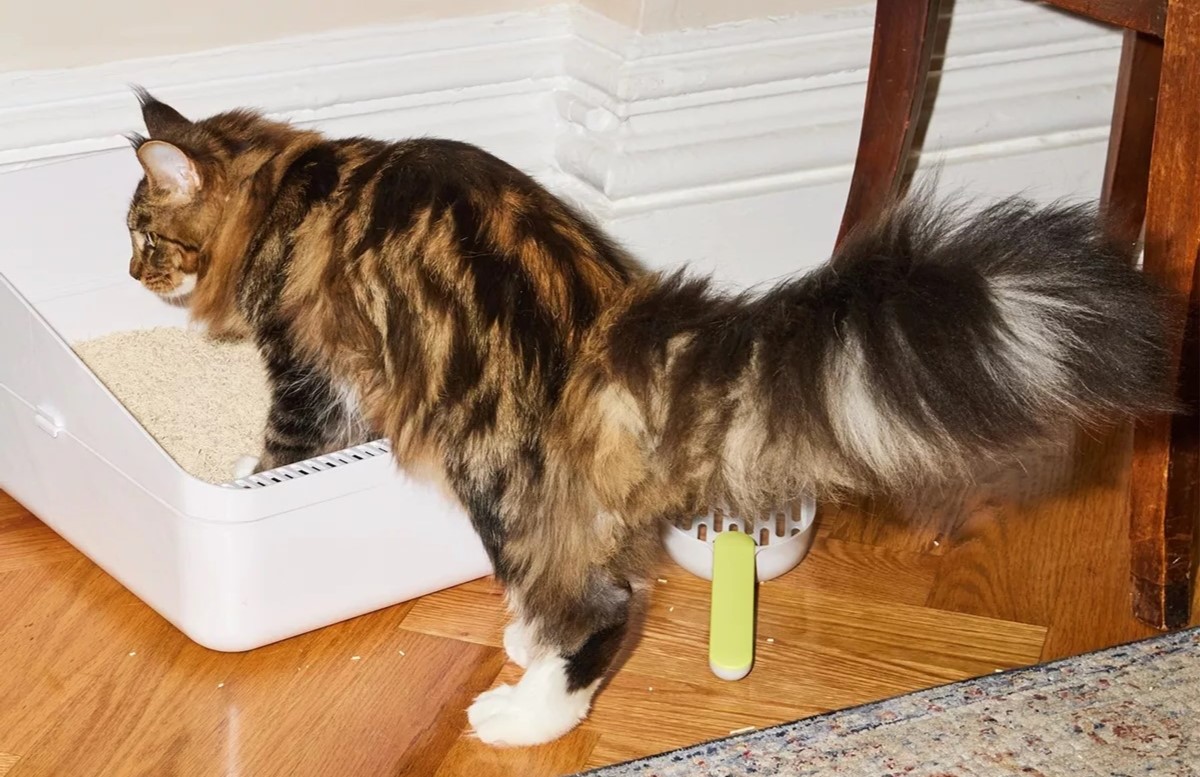
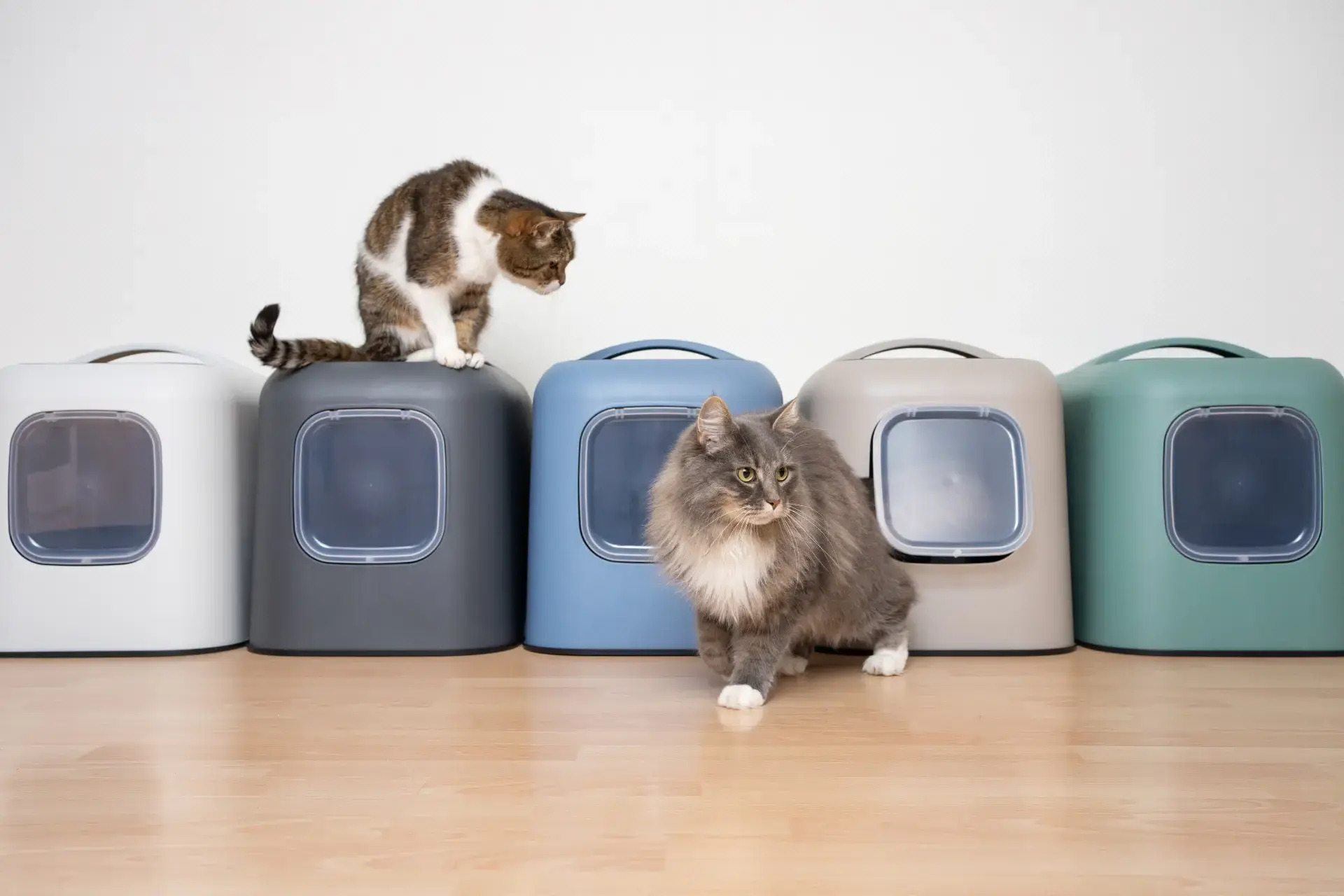
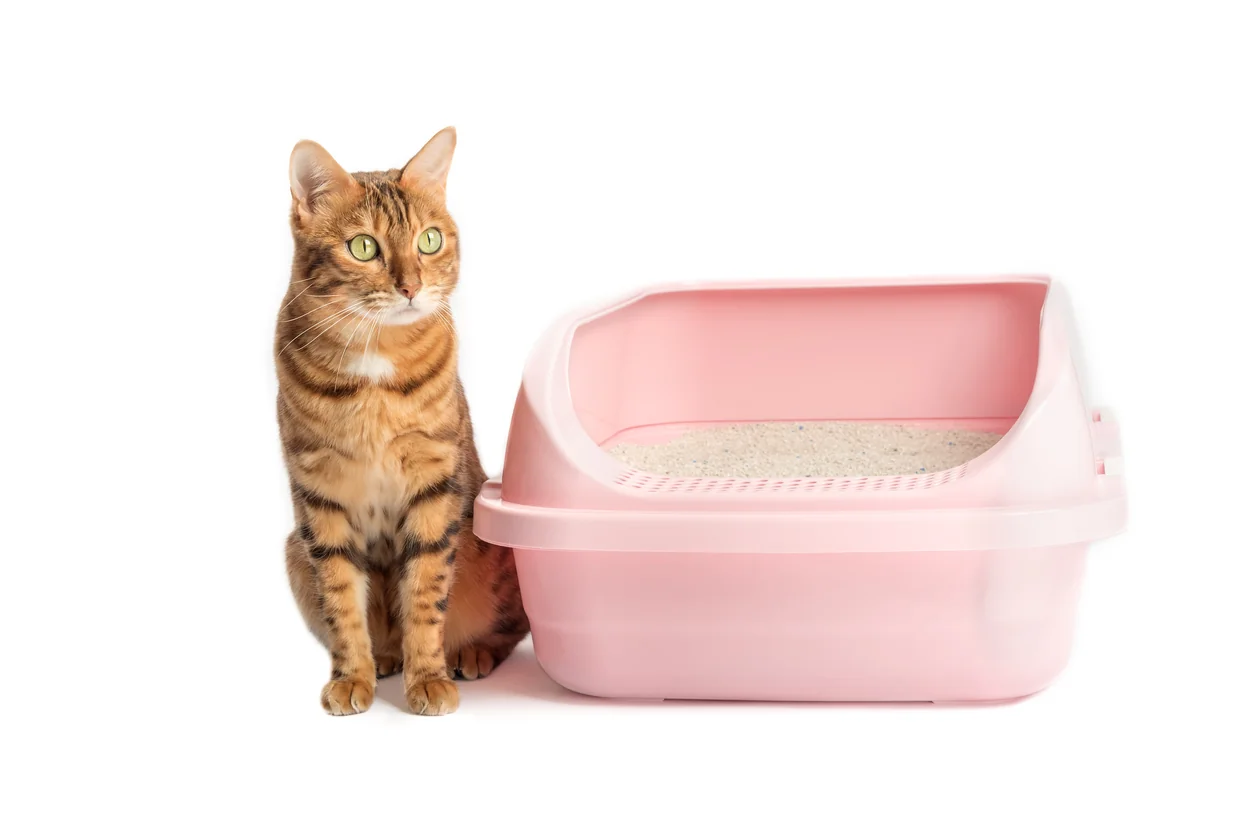
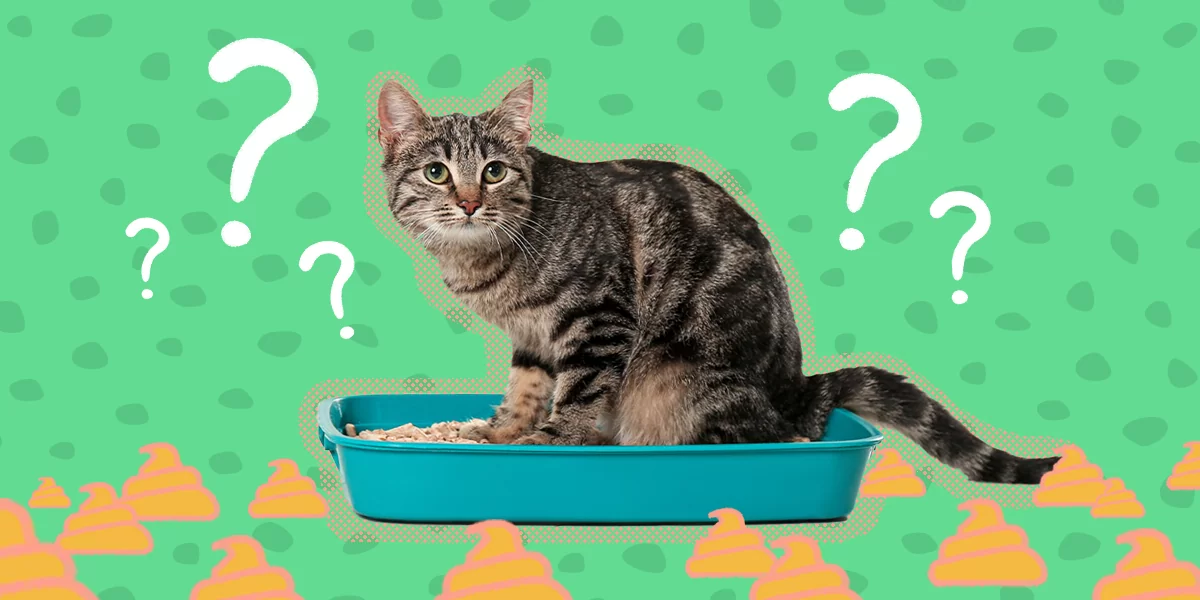
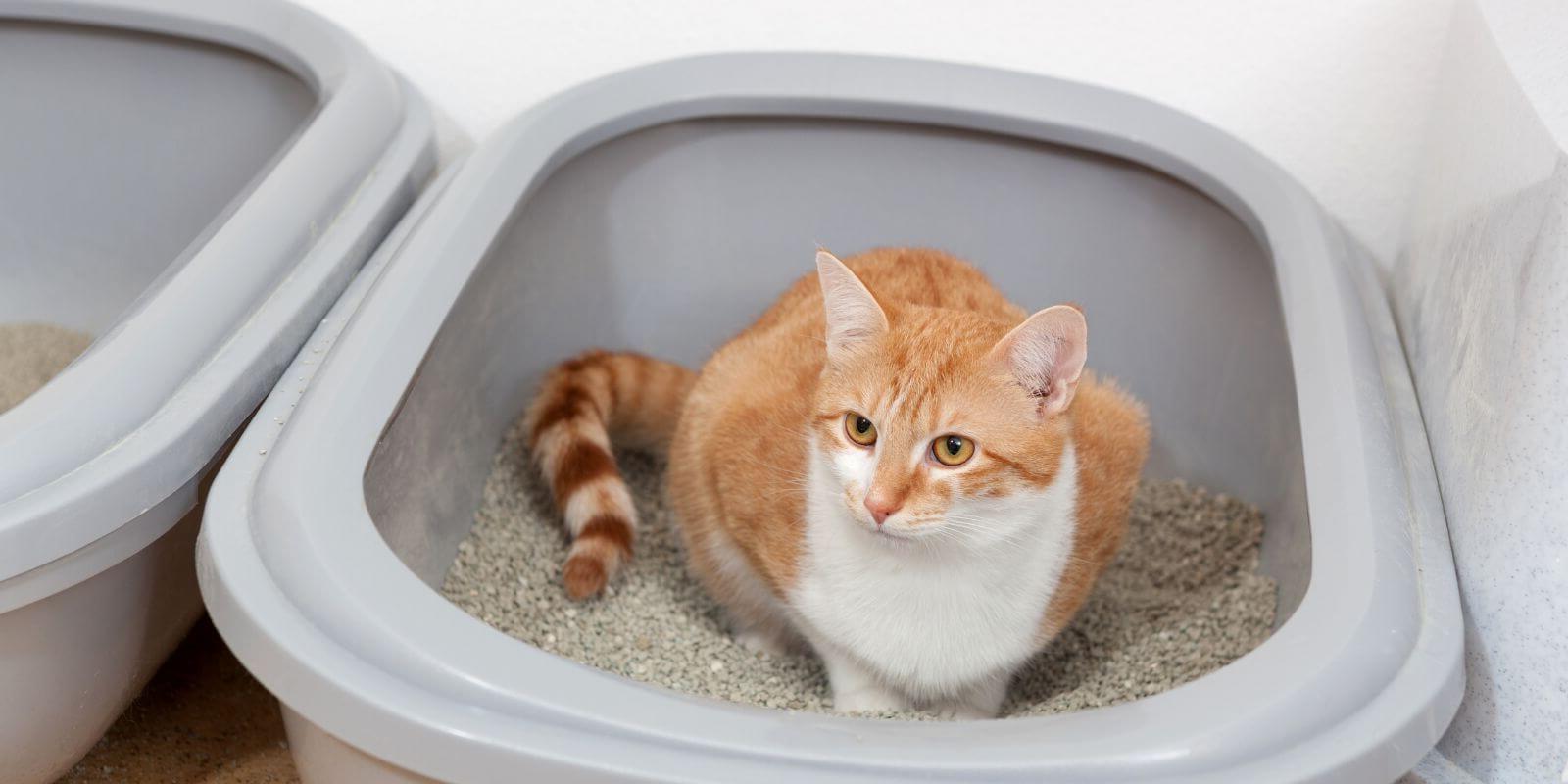
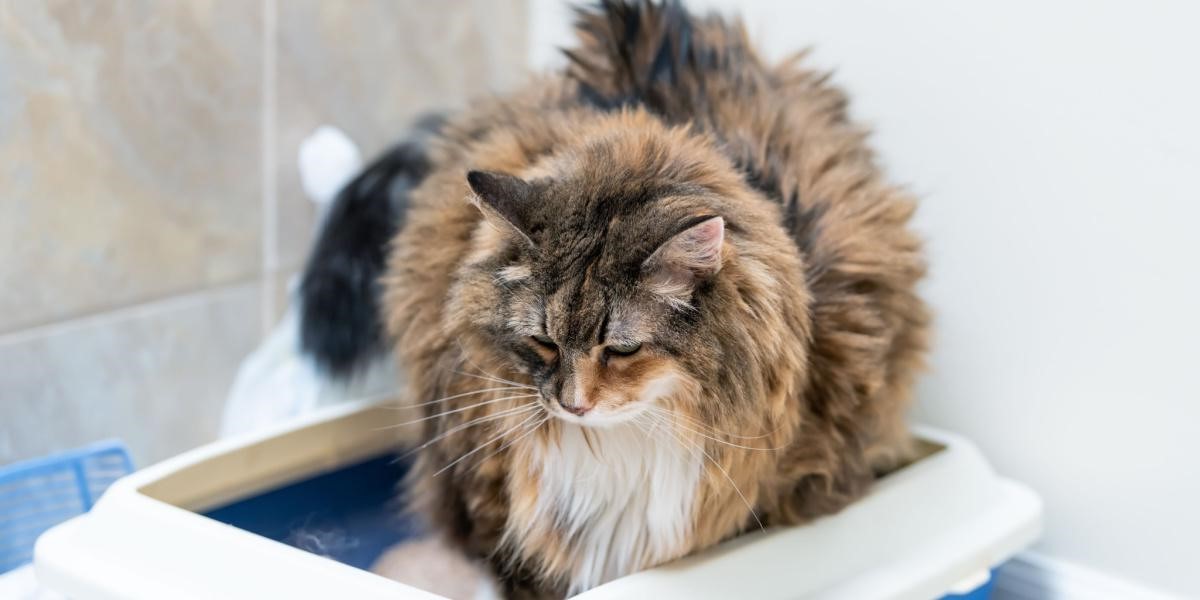
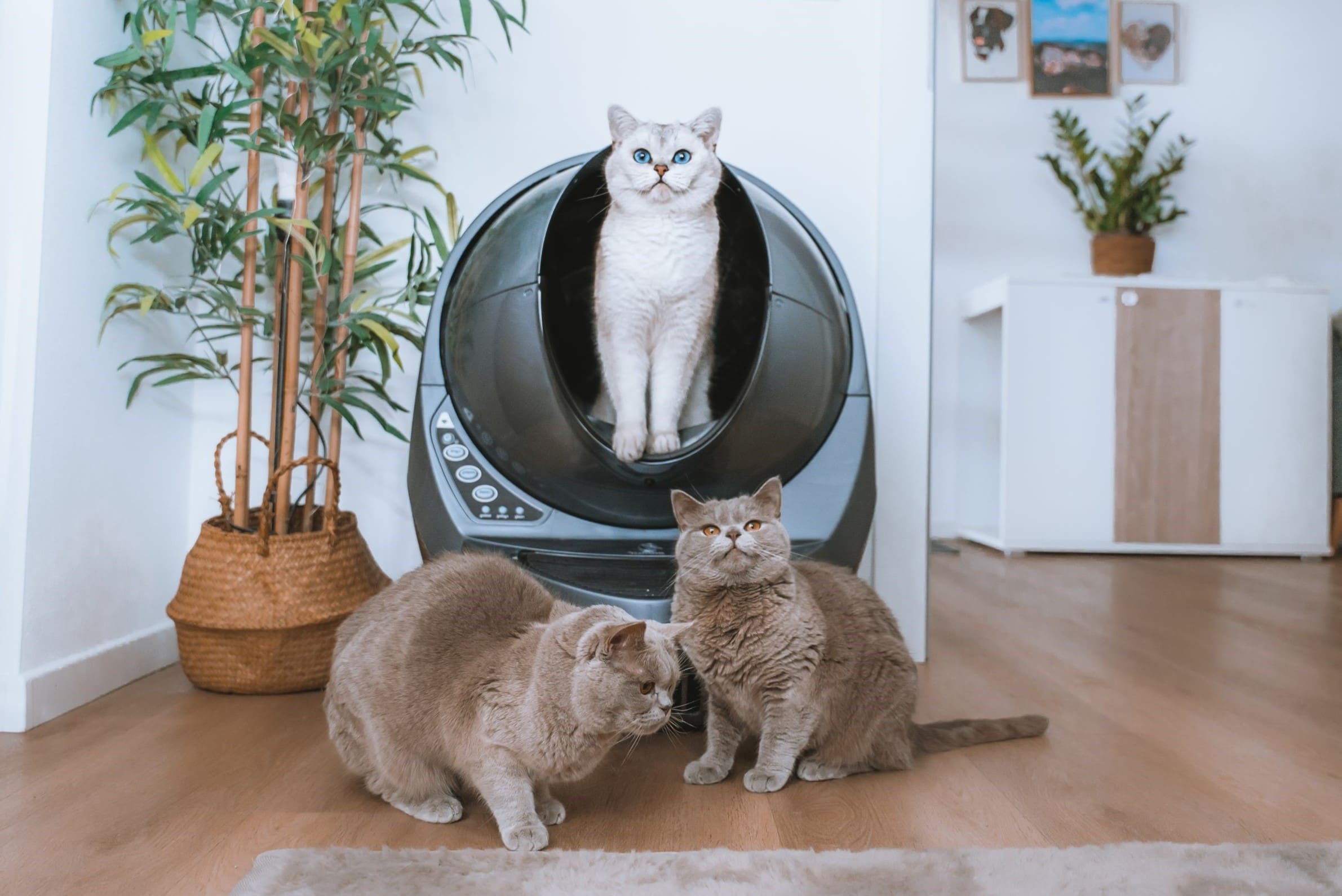
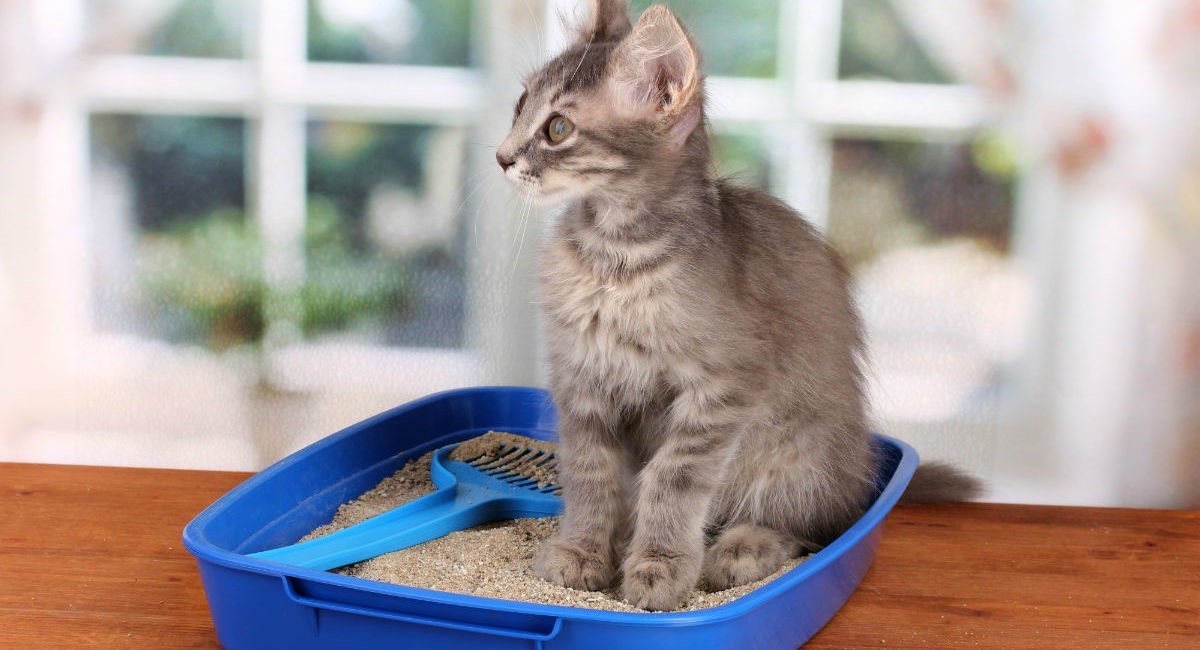
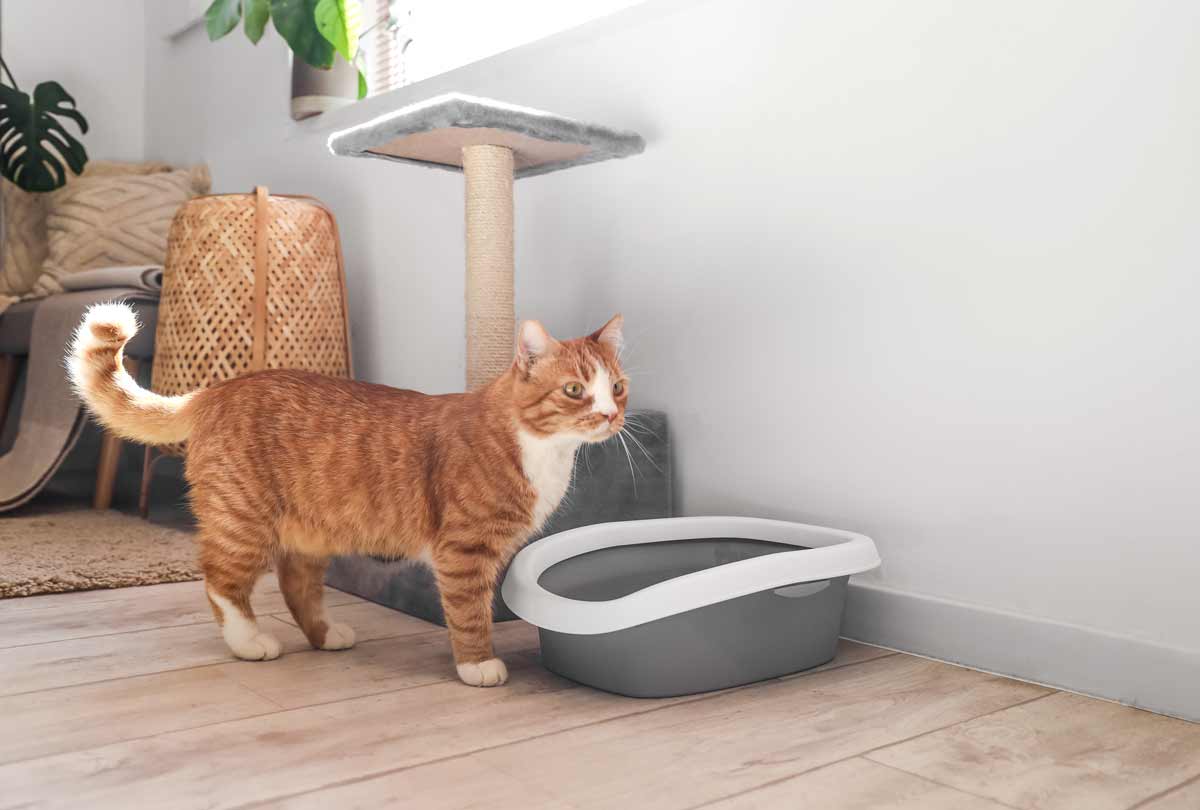
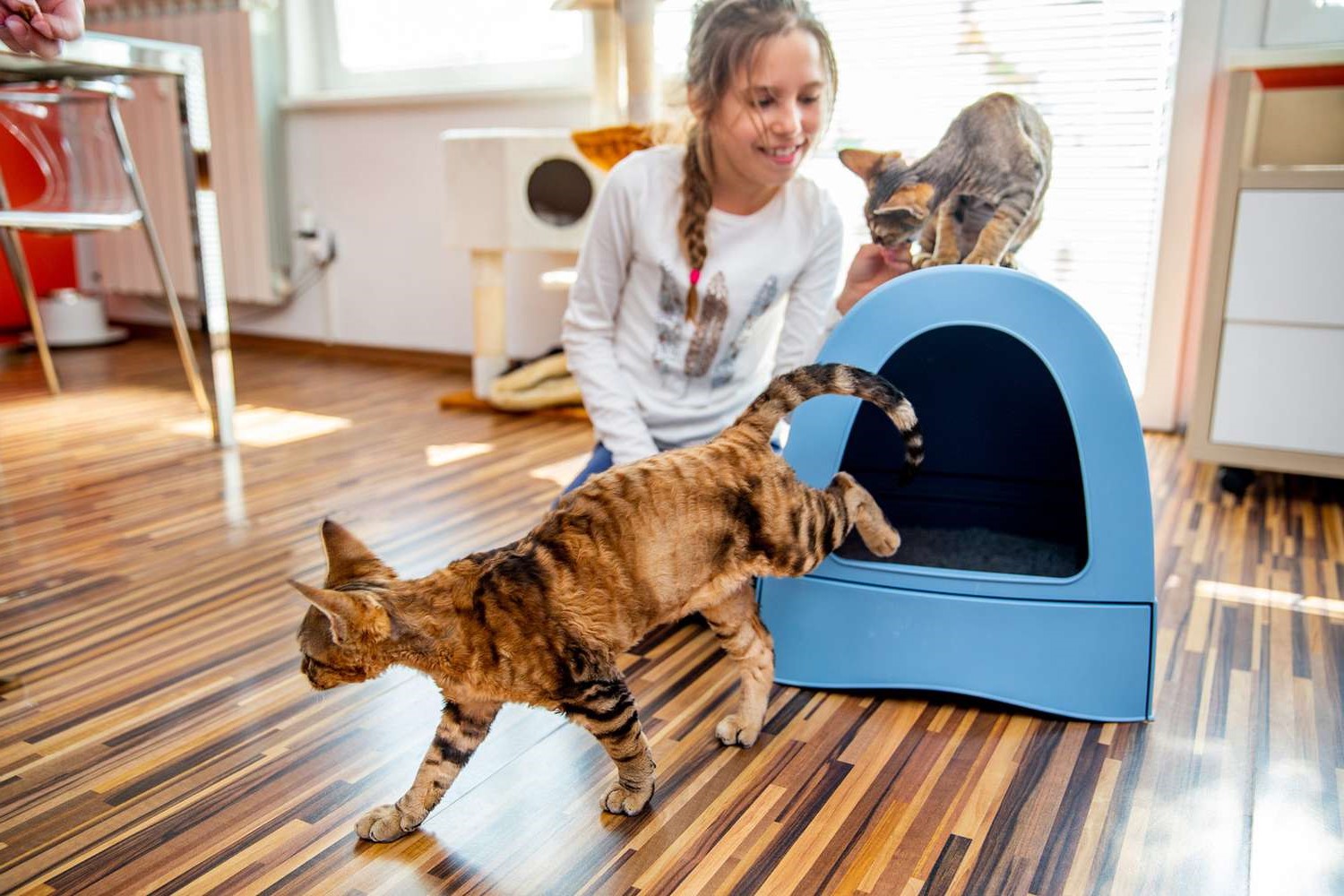
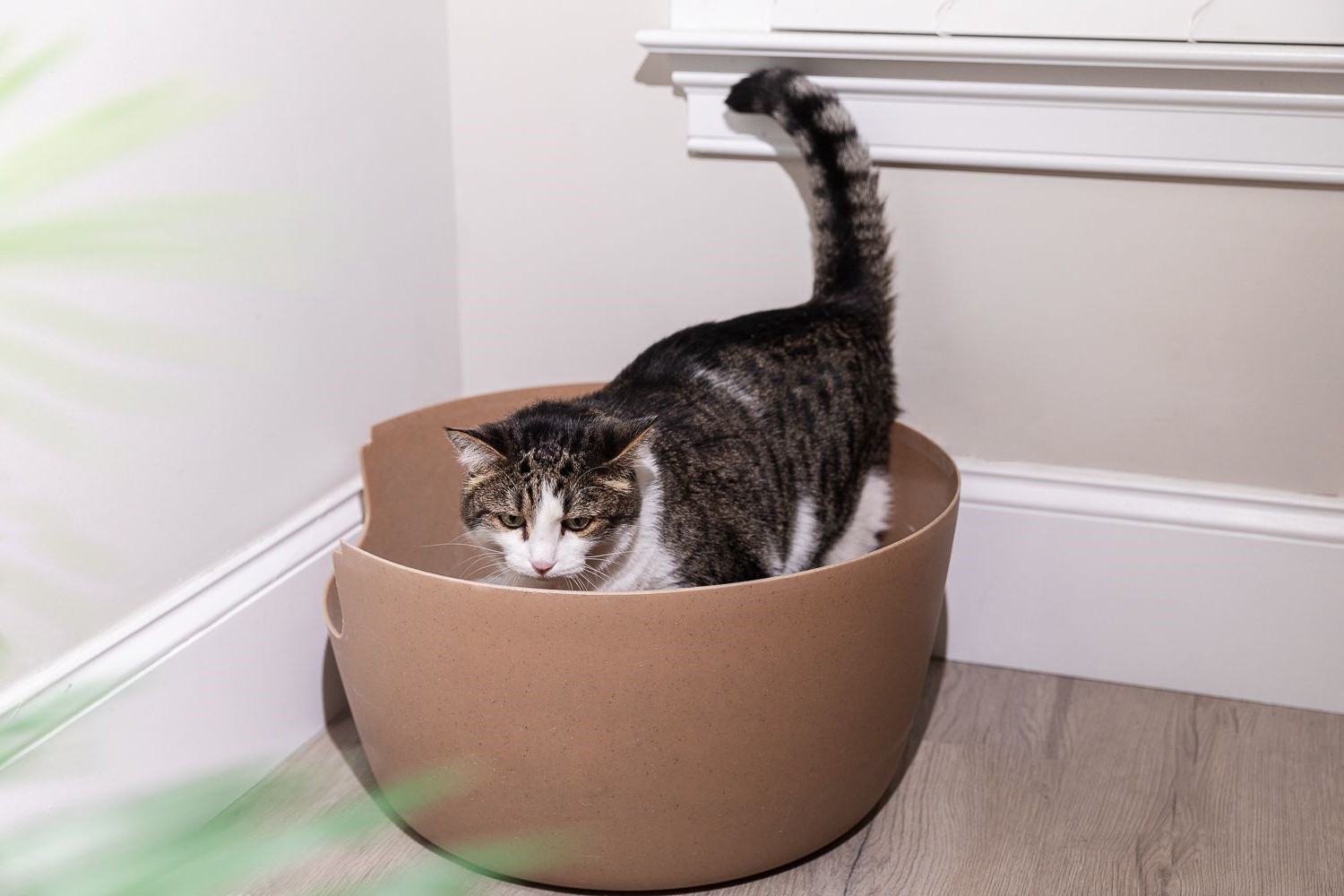
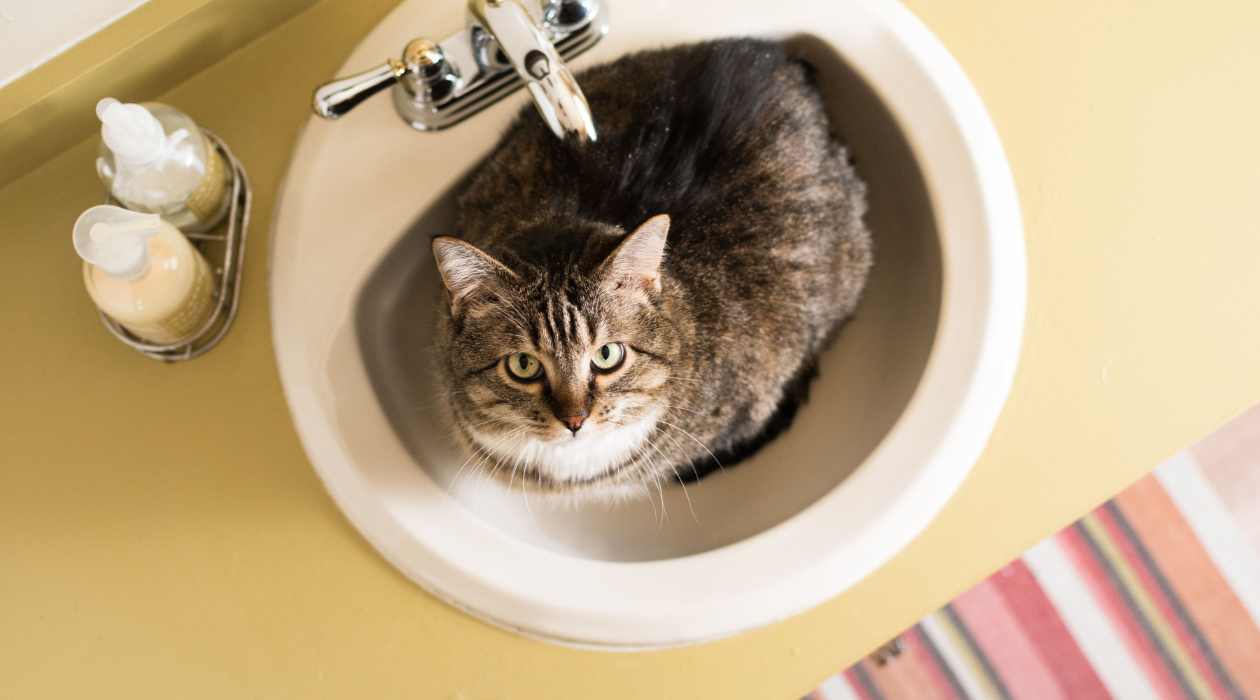
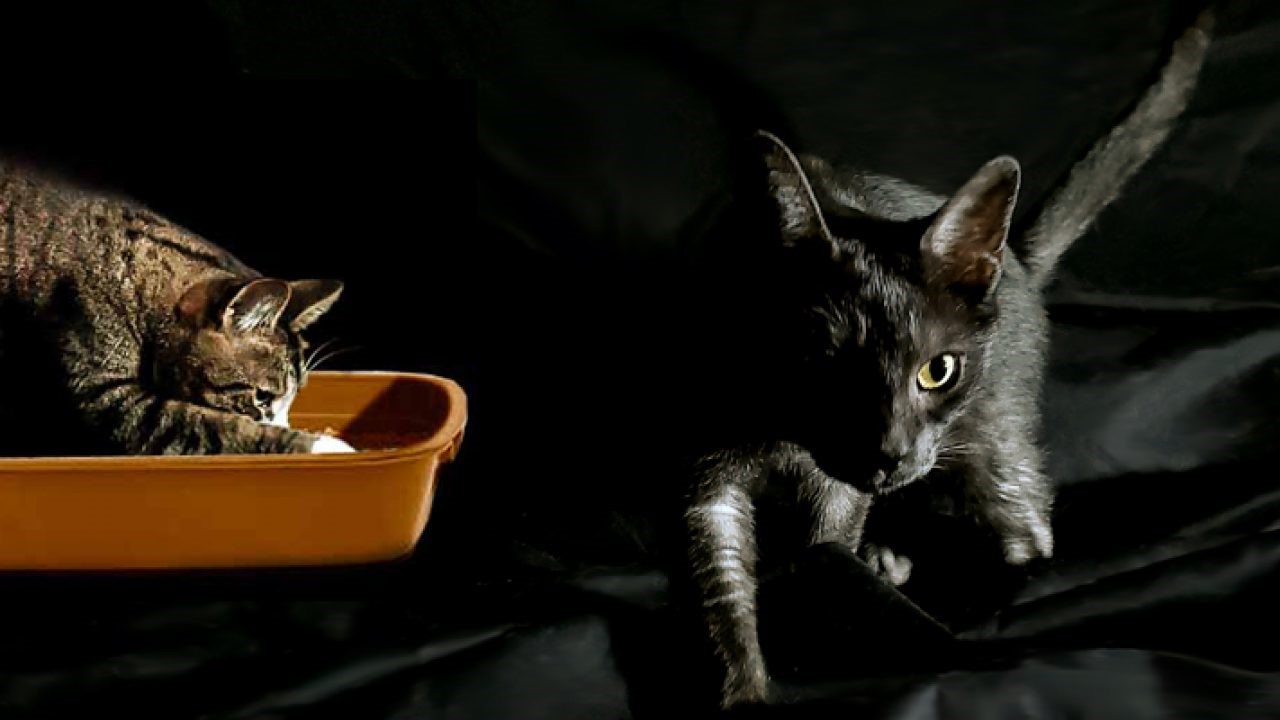
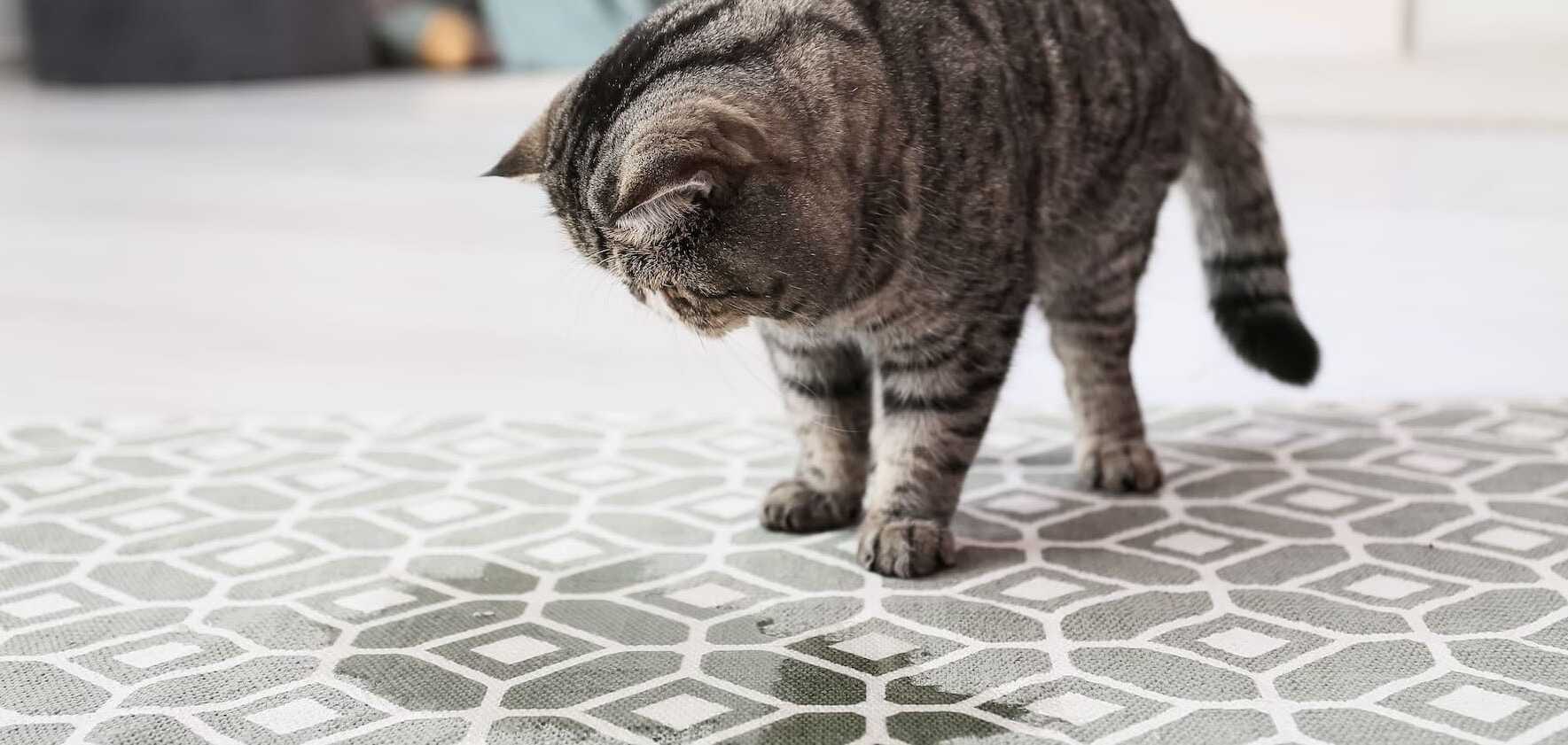

0 thoughts on “What Would Cause A Cat To Poop Outside The Litter Box”